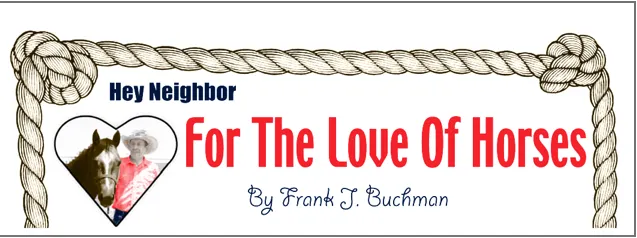Reports from the U.S. Census Bureau tell a familiar Kansas story, of growth in the metropolitan northeast and the Sedgwick-Butler County region. For the rural west and southeast, the 2020 census is a story of loss, in some cases dramatic.
Of 58 counties in the state’s western half, 12 have population losses of ten percent or more since the 2010 census; 36 counties saw population losses of one to nine percent. Ten counties had slim gains, one to five percent.
The 2020 Census Bureau reports the Kansas population at 2,937,880. Of that, only 15 percent (432,269) live in those 58 counties, from Republic south to Harper and west to Colorado.
McPherson (30,223, up four percent) and Saline (54,303, down two percent) Counties are excluded from the western bloc, but if added they would bring the western population to just under 18 percent of the Kansas population.
In the past 40 or 50 years, I have charted the steady emigration from rural Kansas, especially in the west and southeast. The long-term population losses are especially vivid against the census used for the Kansas Legislature’s historic reapportionment in 1966.
Over the decades, population losses along the state’s northern tier have been endemic, moving south through an eight-county bloc in north central Kansas. Their combined populations – Osborne, Mitchell, Cloud, Clay, Lincoln, Ottawa, Ellsworth and Rice – in 1965 were 76,773; 20 years later, 61,100; in 2010, 54,211 and in 2020, their combined census was 50,922. In half a century, a 34 percent population loss of nearly 26,000 from eight counties.
*
The 2020 Census shows continued decline along the state’s 13-county northern tier, from Doniphan County west to Cheyenne. The combined populations since 2010 have dropped four percent, slightly more than 3,000 people, from 75,452 to 72,416. Only Nemaha County reported an increase – less than one percent.
Every county along the state’s 14-county southern tier, from Cherokee west to Morton reported population losses; half of them recorded losses of ten percent or more. Their combined populations dropped eight percent (15,578), from 194,278 in 2010 to 178,705 in 2020.
In rural southeast Kansas, a bloc of 15 counties has lost nearly 20 percent of residents since 1965. The population of this group – Greenwood to Chautauqua, Cherokee to Linn to Coffey and in-between – in 1965 was 251,750. In 1986 it was 234,300; in 2010, it was 215,188. Their current combined census is 202,198, a decline of 49,552 residents since 1965. The region lost 12,990 from 2010 to 2020, a six percent decline in a decade.
For the core of southwest Kansas – 14 counties, from Hamilton to Morton, Hodgeman to Clark and in-between – the census tells another story, of gain for awhile, and now loss. This region recorded a combined population of 100,350 in 1965. Over the next two decades, populations grew with the rise of commercial agriculture and the livestock processing industry. By the mid-’80s, the population was 118,400. By 2010, it had grown by 38 percent over four decades, to 138,232. In 2020, the census reported the region’s population at 135,811, a two percent loss of 2,421.
That loss seems deceptive, because only Ford (one percent) and Finney (five percent) Counties, with more than half the bloc’s population, recorded gains. Twelve other counties in that region showed losses, some of them striking. Five of these counties – Hodgeman, Morton, Haskell Meade and Clark – reported population losses of from ten to 16 percent, especially severe for places with populations of 1,900 to 4,500.
*
Rural Kansas for this report includes 60 counties in the west and a 15-county southeast core with a combined population of 688,770. A third – 219,181 – live in five counties – Saline, McPherson, Reno, Ford and Finney.
Of the state’s 2.94 million population, less than 25 percent live in three-fourths of its 105 counties.
By contrast, 60 percent – 1.75 million – live in seven counties: Sedgwick and Butler (pop. 591,204) in south central Kansas, and Leavenworth, Wyandotte, Johnson, Douglas and Shawnee in the northeast (1,158,683). Growth in these counties is as much as 12 percent.
Across rural Kansas the census tells a story of loss, of people who leave, especially the young, with no thought of returning, a story of people who are not attracted or invited to small places in big spaces. A large part of Kansas has lost its appeal, its energy and promise. School enrollments continue to shrink, hospitals struggle or close. In many places the basics need fixing – roads, public utilities, telecommunication, health care, for starters. Plans and studies gather age and dust.
Population numbers hardly tell the whole story, but they signal a distress that has grown for decades. It isn’t about trouble where we haven’t looked, but where we have found it, and why those most empowered to act have, so far, looked away.




